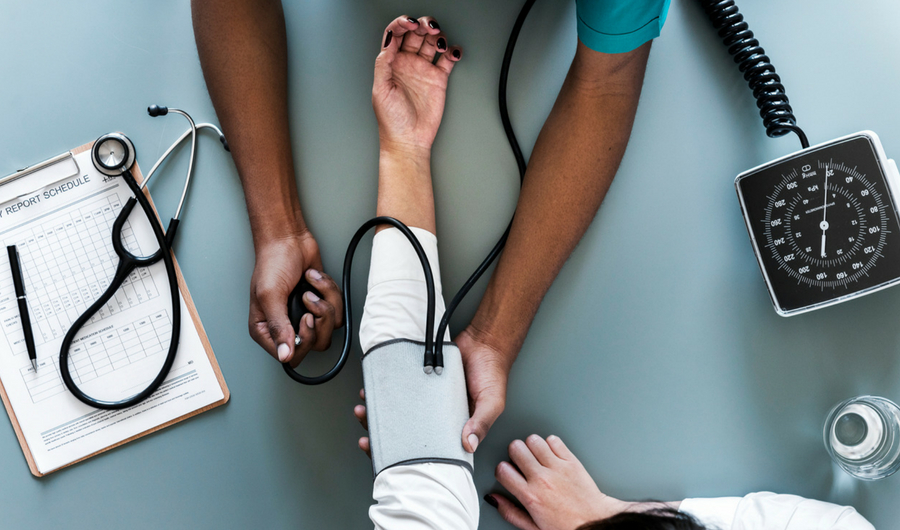Understanding Your Numbers
High blood pressure is now defined as readings of 130/80 or higher. This is a change from the old definition of 140/90 and higher, meaning complications can occur at those lower numbers.
Signs & Symptoms of High Blood Pressure
High blood pressure is known as the “silent killer” because often there are no symptoms, despite its role in significantly increasing the risk for heart disease and stroke. Getting regular screenings and living a healthy lifestyle is the best way to prevent high blood pressure.Dr. Teresa Daniele, Chief of Cardiology at UCSF Fresno, says having high BP is part of the aging process. “As your blood vessels start stiffening, the blood pressure eventually increases. So much so, that according to the old guidelines... at least 80% of women over age of 75, were hypertensive. With the new numbers, I expect that number to skyrocket.”
About 70 million people nationwide were classified as hypertensive under the old guidelines. The new guidelines will add another 30 million people to have the diagnosis of hypertension, and another 4 million that will require medical therapy.
Tips for Monitoring Your Blood Pressure
The American Heart Association (AHA) and other organizations recommend that anyone with high blood pressure monitor his or her blood pressure at home. Blood pressure varies throughout the day, and readings are often a little higher in the morning. Also, your blood pressure might be slightly lower at home than in a medical office, typically by about five points.To help ensure accurate blood pressure monitoring at home:
- Check your device's accuracy. Before using a monitor for the first time, have your doctor check its accuracy against the office model. Also, have your doctor watch you use the device to see if you're doing it properly.
- Measure your blood pressure twice daily (preferably around the same time). The first measurement should be in the morning before eating or taking any medications, and the second in the evening.
- Don't measure your blood pressure right after you wake up. You can prepare for the day, but don't eat breakfast or take medications before measuring your blood pressure. If you exercise after waking, take your blood pressure before exercising.
- Avoid food, caffeine, tobacco and alcohol for 30 minutes before measurement. Also, go to the bathroom first. A full bladder can increase blood pressure slightly.
- Sit quietly before and during monitoring. Sit for five minutes in a comfortable position with your legs and ankles uncrossed and your back supported against a chair. Don't talk while taking your blood pressure.
- Make sure your arm is positioned properly. Always use the same arm when taking your blood pressure. Rest your arm, raised to the level of your heart, on a table, desk or chair arm. You might need to use a pillow or cushion to help elevate.
- Place the cuff on bare skin, not over clothing. Rolling up a sleeve until it tightens around your arm can result in an inaccurate reading.
- Take a repeat reading. Wait for one to three minutes after the first reading, and then take another to check accuracy.
Contact your doctor if you have any unusual or persistent increases in your blood pressure.
Sources: American Heart Association and Dr. Teresa Daniele, Chief of Cardiology at UCSF Fresno





